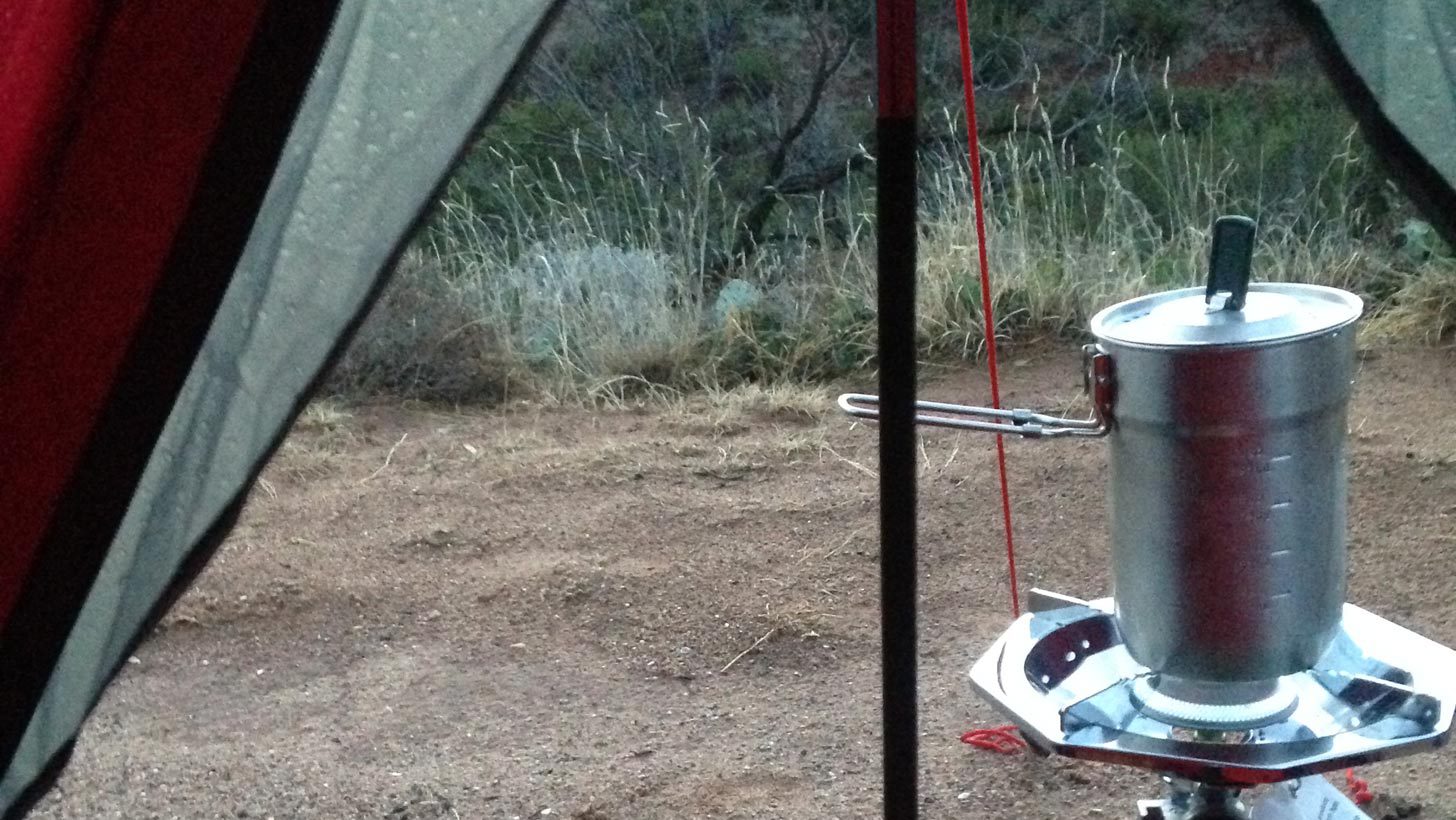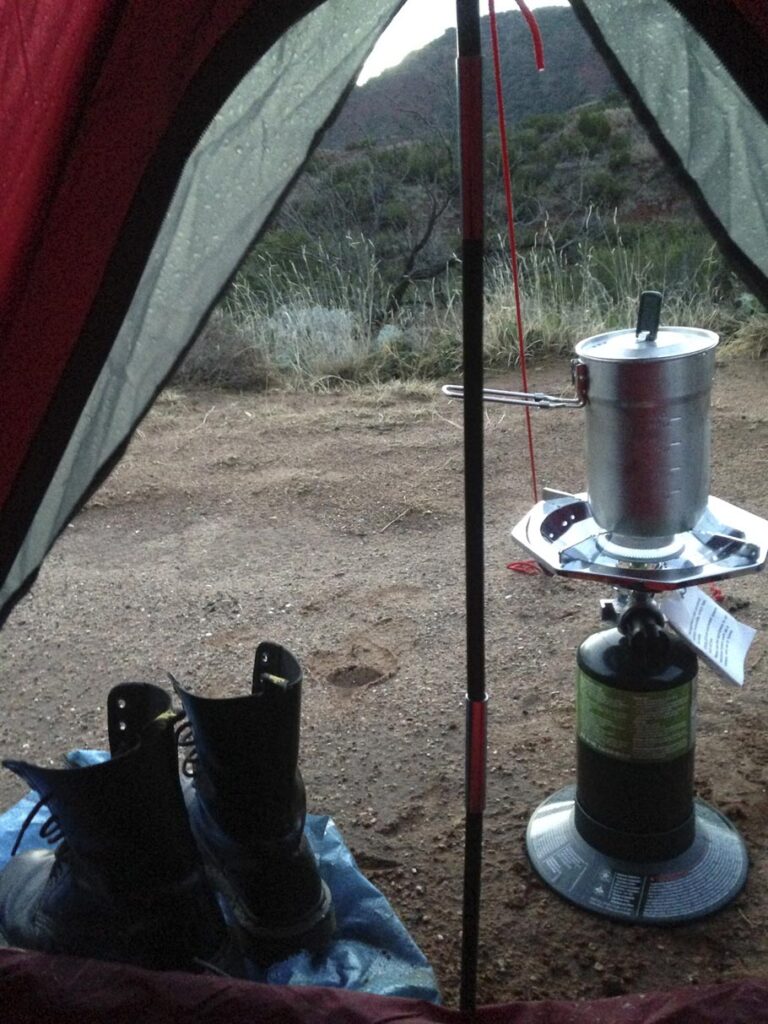Food For Thought: How Not To Starve In The Wild
Pack Light But Nutritionally Dense Food While Camping


Campfire cooking is easy with the right tools
Robin Babb
Latest Article|September 3, 2020|Free
::Making Grown Men Cry Since 1992


Campfire cooking is easy with the right tools
Robin Babb
